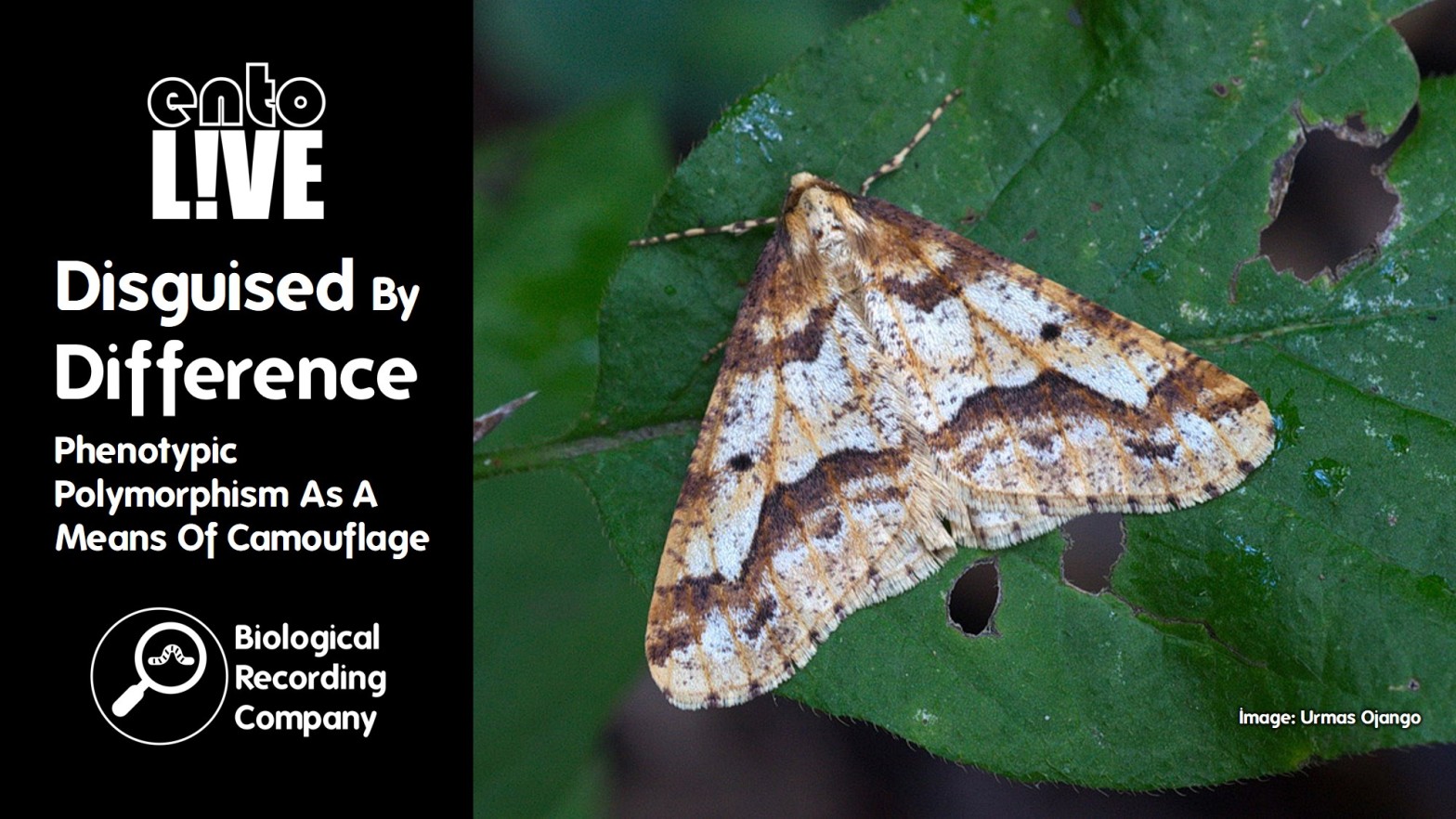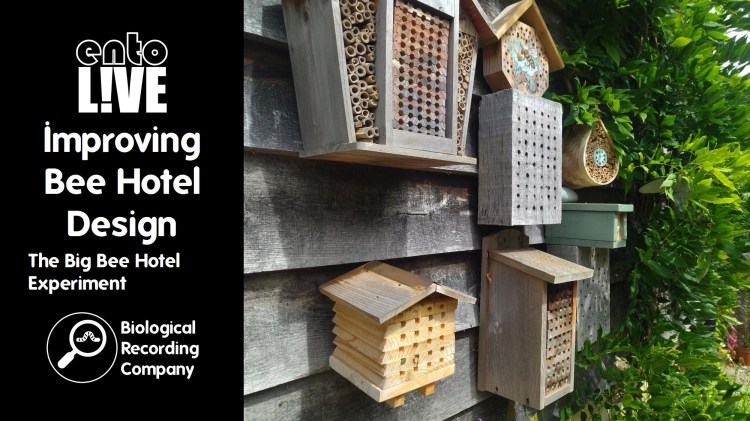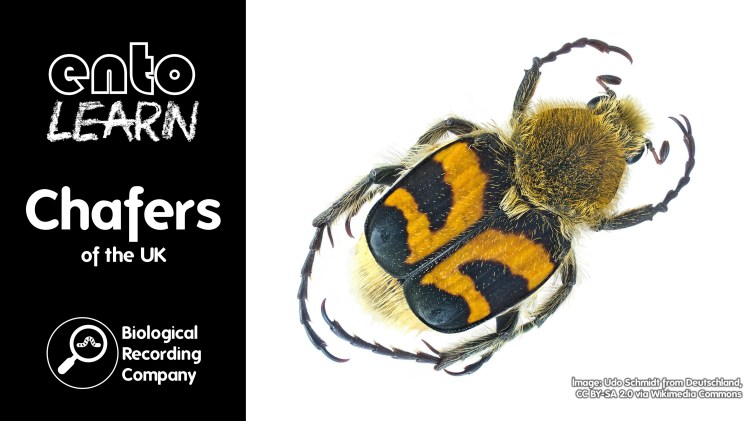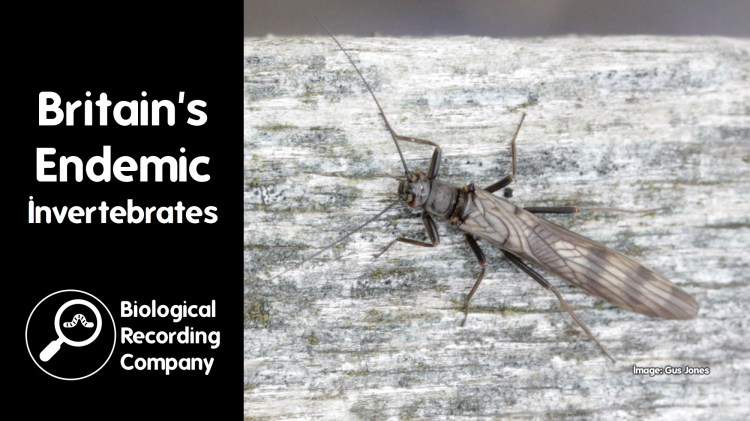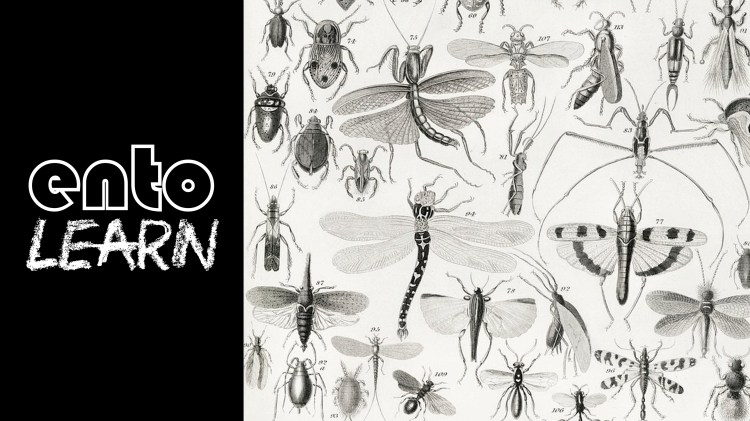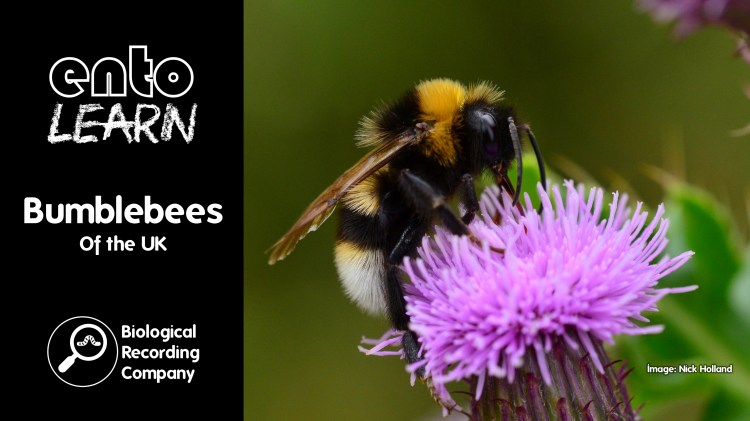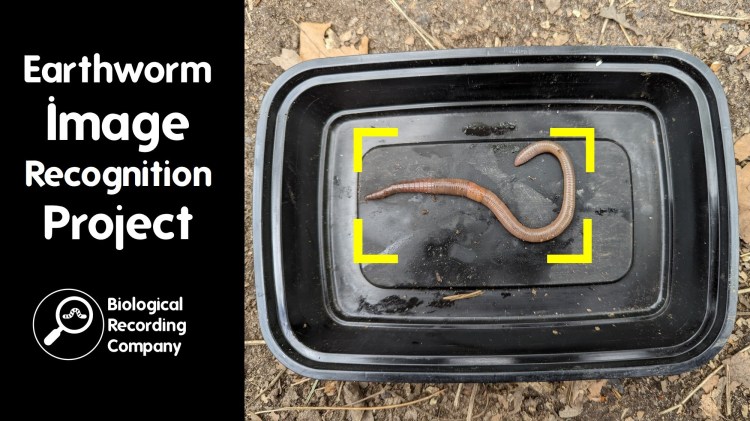Camouflage in animals and plants is a two-way interaction: observer and observed, predator and prey. Indeed, it concerns psychology and perception as much as it does the visual characteristics of an environment. As well as simply resembling their background, organisms can deploy other perceptual tricks to avoid being noticed. This talk will explore camouflage, particularly in a group of British moths, and consider how, as well as employing straightforward background-matching colouration, a variety of different colour patterns can often evolve as a means of confounding the expectations of would-be predators. Sometimes being different is the best form of concealment.
Q&A with Dr Jamie Weir
Dr Jamie Weir is an entomologist and evolutionary biologist specialising in the Lepidoptera (butterflies and moths). His research interests range from taxonomy, behavioural ecology, and adaptive colouration, to phenology and dietary ecology. He recently completed his PhD thesis on phenological synchrony in spring-feeding caterpillars at the University of Edinburgh.
- Has any research been done on how the search image concept may apply to entomologists recording insects in the field?
As far as I’m aware there has been no research on this. It seems like a fascinating idea. I’ve noticed that when I take out friends and family looking at insects, they do start noticing things that they are surprised they have noticed previously. This includes really common species. For example, my dad was always out and about as a keen fisherman when he was younger and never noticed the common moth species that he’s started seeing since I have pointed them out to him in recent years. - Do we see that on the edge of species ranges, where a species is less common, there is less polymorphism?
Again, this is another great research question that still needs to be addressed as I’m not aware of any research on this to date. When we are stating that predation is impacted by the search image concept, we’re stating that they can’t see these colour morphs when looking for prey, rather than that they are ignoring prey items. We also know that predators may avoid new (or rare) prey, and this is known as neophobia or dietary awareness. From computer model simulations, we’ve seen that polymorphism can evolve due to neophobia and a reluctance to eat novel prey so you have to find a way to disentangle these two concepts in your experimental design in order to figure out if the predator is avoiding the prey or not seeing it. - How would you distinguish between camouflage and mimicry?
I think of mimicry as coming under the umbrella of camouflage and trying to resemble something. There is a big table at the end of The Colours of Animals where the author tries to categorise different kinds of colouration, for example, he lists mimicry and then breaks it down further into categories such as protective mimicry and aggressive mimicry. I think that Poulton refers to them as special protective resemblance (copying an object, such as a stick insect does with a twig – which we may also refer to as mimicry) and general protective resemblance (matching the colours or hues in the environment, such as a leopard and it’s colouration allowing it to blend into the background). I recommend a book called Dazzled and Deceived if you’re interested in learning more about the theory of camouflage. - Why are night-flying moths visually camouflaged if their predators, for example bats, are relying on sight to predate them?
There are different selective pressures acting on the colouration at night and during the day. If we think about butterflies and moths, moths tend to be active at night and butterflies during the daytime. Visual predators tend to hunt during the daytime so butterflies often have active colouration defences on the upper surface of their wings (such as bright colours or startle colours that flash). Butterflies rest with their wings closed above their body and they often have duller camouflage colours on the underside of their wings. Moths tend to be active at night, so they are often remaining still during the day. To avoid being eaten during the day by visual predators, moths’ colour patterns tend to resemble the surface they rest on so that they are difficult to see. Therefore, the colour patterns in moths are often due to the selective pressures on them from daytime predation. Moths will have different defence mechanisms for dealing with nocturnal non-visual predators, for example hearing organs that enable them to hear bats. - If we see a species as camouflaged will another species see it clearly?
One of the most common criticisms in the field of camouflage research is that most experiments are based on human vision, with human researchers deciding where things are placed etc. We know that birds have different vision from humans and are able to see parts of the spectrum that we can’t. Camouflage by prey and detection by visual predators is an evolutionary arms race and constantly adapting. With the search image concept, a predator is evolving to better find well-camouflaged prey. This then triggers selective pressure in the prey species for novelty to escape the search image. The novel colour morphs can’t be too different or the prey would be too distinctive, but they need to be different enough to avoid the search image abilities of the predator. So there are selective pressures on the prey to be both well camouflaged and polymorphism to avoid the predator search image ability. - Was there variation between the colour morphs in your study with the artificial moths?
The different colour morphs all showed the same trend, with individuals becoming more prone to predation if their colour morph was more common. However, the steepness of the curve varied by colour morph, with those colour morphs that were least like their background gaining less of an advantage when rare – they were benefiting from not being picked up by the search image concept, but losing out by not being as well camouflaged against the background. There is a balance between being well camouflaged and evading the search image.
Literature references
- Weir (2021) Search Image-Driven Apostatic Selection and the Evolution of Phenotypic Polymorphism: https://onlinelibrary.wiley.com/doi/abs/10.1002/9780470015902.a0028749
- Weir (2018) The evolution of colour polymorphism in British winter-active Lepidoptera in response to search image use by avian predators: https://onlinelibrary.wiley.com/doi/full/10.1111/jeb.13290
- Bond (1983) Visual search and selection of natural stimuli in the pigeon: The attention threshold hypothesis: https://psycnet.apa.org/record/1984-08686-001
- Bond (2007) The Evolution of Color Polymorphism: Crypticity, Searching Images, and Apostatic Selection: https://www.researchgate.net/publication/228667726_The_Evolution_of_Color_Polymorphism_Crypticity_Searching_Images_and_Apostatic_Selection
- Clarke (1962) Balanced polymorphism and the diversity of sympatric species. Taxonomy and Geography
- Kettlewell (1973) The Evolution of melanism
- Majerus (1998) Melanism: Evolution in Action
- Nabours et al (1933) Inheritance of color patterns in the grouse locust Acrydium arenosum burmeister (Tettigidae): https://academic.oup.com/genetics/article/18/2/159/6063481
- Poulton (1890) The Colours of Animals
- Skinner (2009) Colour Identification Guide to the Moths of the British Isles
- Tinbergen (1960) The Natural Control of Insects in Pinewoods: https://brill.com/view/journals/anz/13/3/article-p265_2.xml?language=en
- Turner (1925-26) List of of the Geometers of the British isles with their Named Varieties
- Tutt (1891-92) The British Noctuae and Their Varieties. 4 volumes.
- Von Uexkull (1934) Streifzüge durch die Umwelten von Tieren und Menschen: https://monoskop.org/images/1/1f/Uexkuell_Jakob_von_Streifzuge_durch_die_Umwelten_von_Tieren_und_Menschen_Ein_Bilderbuch_unsichtbarer_Welten_1956.pdf
- Whiteley et al (1997) Massive polymorphism and natural selection in Donacilla cornea (Poli, 1791) (Bivalvia: Mesodesmatidae): https://academic.oup.com/biolinnean/article/62/4/475/2661012
Further info
- Discover Jamie’s work and publications through his website: https://www.jamiecweir.com/
- Follow Jamie on X (formerly Twitter) at @Jamie_C_Weir: https://twitter.com/Jamie_C_Weir
- UK Moths: https://ukmoths.org.uk/
- Field Guide to the Small Moths of Britain and Ireland from BENHS: https://www.benhs.org.uk/publications/british-lepidoptera/
- Day-flying Moths Wild ID Guide from the FSC: https://www.field-studies-council.org/shop/publications/moths-guide/
entoLIVE
entoLIVE webinars feature guest invertebrate researchers delving into their own invertebrate research. All events are free to attend and are suitable for adults of all abilities – a passion for invertebrates is all that’s required!
- Donate to entoLIVE: https://www.gofundme.com/f/entolive-2025
- Upcoming entoLIVE webinars: https://www.eventbrite.com/cc/entolive-webinars-74679
- entoLIVE blog: https://biologicalrecording.co.uk/category/entolive-blog/
- entoLIVE on YouTube: https://youtube.com/playlist?list=PLuEBNUcfMmE95Re19nMKQ3iX8ZFRFgUAg&feature=shared
entoLIVE is only possible due to contributions from our partners.
- Find out about more about the British Entomological & Natural History Society: https://www.benhs.org.uk/
- Browse the list of identification guides and other publications from the Field Studies Council: https://www.field-studies-council.org/shop/
- Check out environmentjob.co.uk for the latest jobs, volunteering opportunities, courses and events: https://www.environmentjob.co.uk/
- Check out the Royal Entomological Society‘s NEW £15 Associate Membership: https://www.royensoc.co.uk/shop/membership-and-fellowship/associate-member/

